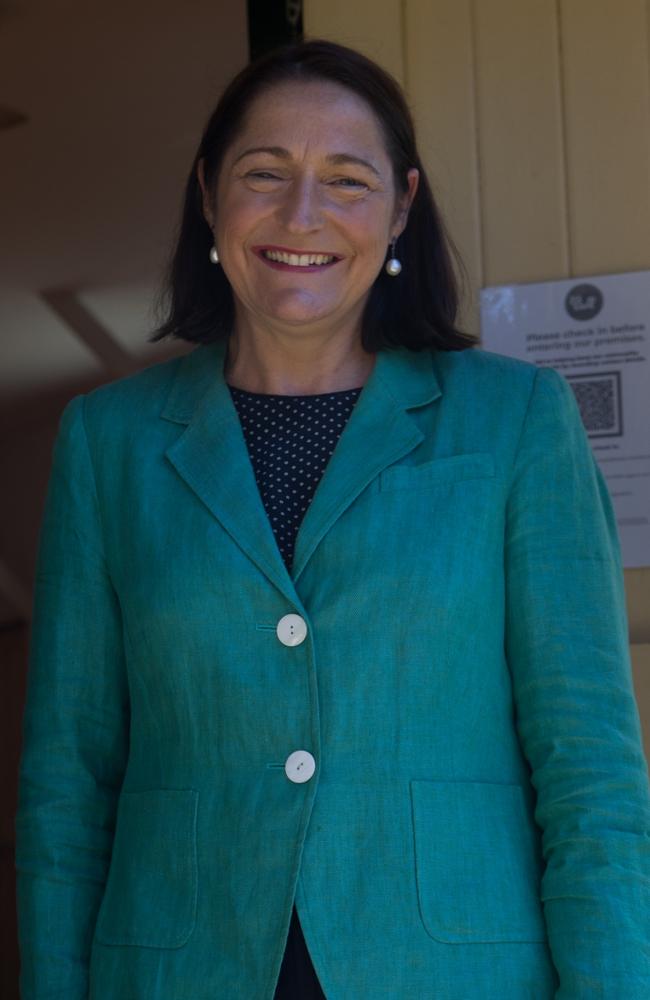Election 2022: What does a full distribution of preferences mean for Gilmore?
The Australian Electoral Commission says a full distribution of preferences is required before an official decision can be made in Gilmore. Find out what this means.
The South Coast News
Don't miss out on the headlines from The South Coast News. Followed categories will be added to My News.
With all but 42 unreturned postal ballots having been counted by Australian Electoral Commission officials, the vote in Gilmore remains razor thin with little more than 300 votes separating the two parties.
As a result, the AEC has said the marginal South Coast will require a full distribution of preferences for the 116,875 ballots cast in Gilmore before an official decision can be made.
The AEC’s media director Evan Ekin-Smyth said this wasn’t unusual – there are 75 electorates in a similar position – but it does differ from how the count has been conducted so far.
“In short, a full distribution of preferences is a count involving all ballot papers for the contest or division. It involves an initial tally of first preferences and then eliminating the candidates with the lowest vote total and redistributing their votes based on preferences,” Mr Ekin-Smyth said.
“This is done again and again until we end up with only the top two candidates full remaining vote tallies. This differs to what has been done so far whereby first preference and two-candidate preferred counts were undertaken in batches.”

On May 31, NSW Labor claimed victory for incumbent candidate Fiona Phillips after an eleventh-hour swing towards her during counting of the deceleration and out-of-town votes.
Up until that point, popular Liberal candidate Andrew Constance had maintained a consistent lead of around 200 votes after a large swing towards the Coalition in key areas like Batemans Bay.
While a number of independent electoral analysts had predicted the Gilmore result with “reasonable certainty in their tone”, including the ABC, Mr Ekin-Smyth said the AEC had to follow different, stricter legal requirements.
“We of course need to follow the required legal processes to ensure beyond doubt what a result will be,” Mr Ekin-Smyth said.
“It is a big, manual task and ‘right, not rushed’ is our key principle, a principle that upholds the strength of Australian elections.”
As to how long voters will have to wait for an official decision, Mr Ekin-Smyth said that depended on how the distribution itself went, but he predicted it would be completed by early to mid next week.
Ultimately, though, Mr Ekin-Smyth said officials had until June 28 to make a call.

Will there be a recount?
While the vote is close still in Gilmore, the trigger for an automatic recount has not been met.
Mr Ekin-Smyth said the margin of difference of 100 votes or less had not been crossed, and that any recount would require an official request to the AEC.
“It would only be entertained if there was a valid reason,” he said.
“A recount entails doing the full distribution of preferences over again in its entirety.
“Speculation about this would be premature, and looks unlikely on the surface of it.”
The South Coast News reached out to the Liberal party for a response to the results, and as to whether they would be calling for a recount, last week but did not receive a response.




